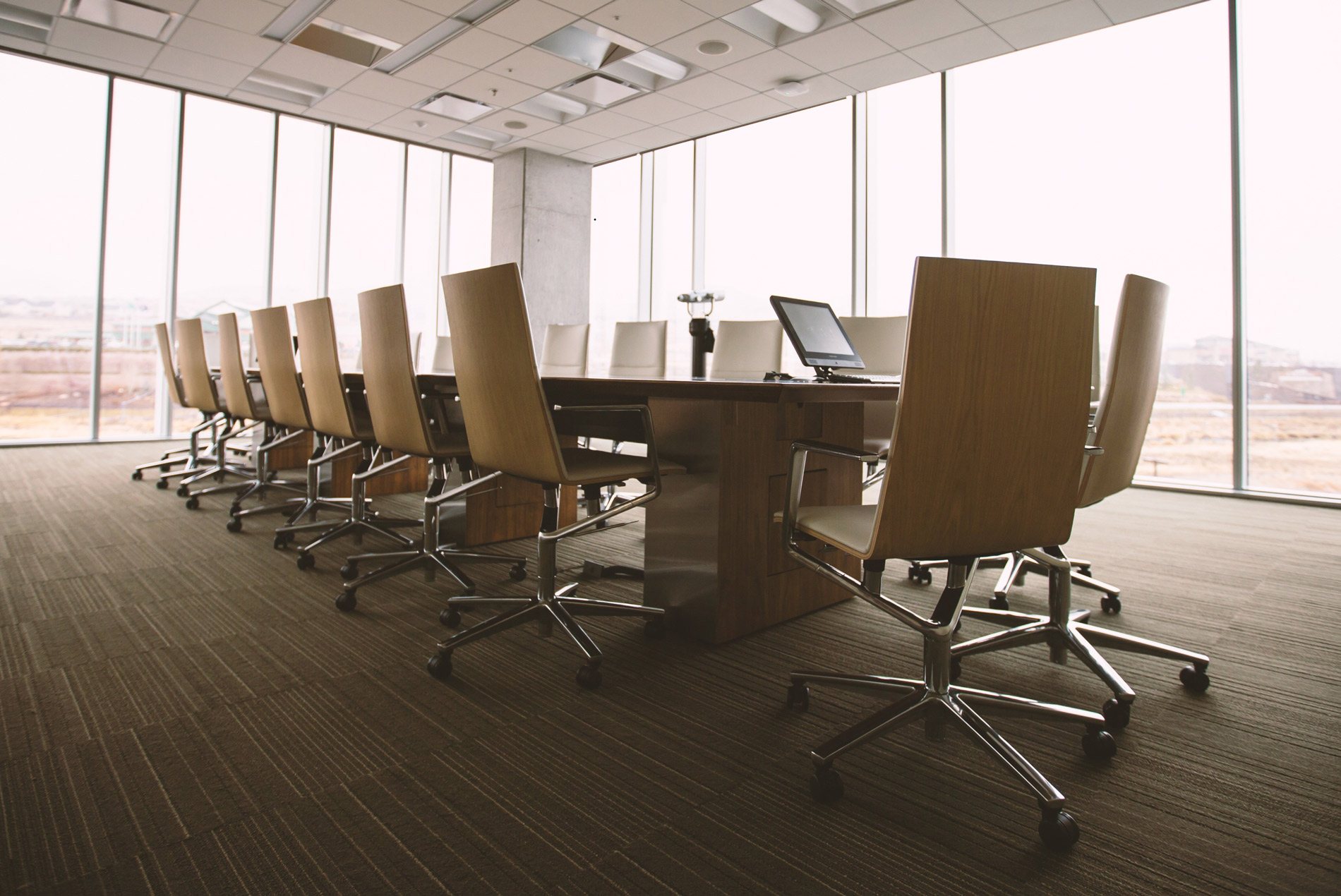COVID-19 is sure to bring about many changes to the office. Betsy Nurse, director of interiors in HOK’s Atlanta studio, reviews the key questions and policies businesses need to consider before re-opening their doors.
We are social animals. We thrive on being together. But as a global community, we are now all embracing the concept of social distancing to prevent the spread of COVID-19.
One consequence of distancing is that many of us are now experiencing feelings of isolation, loneliness and cabin fever. While remote working is proving to be a viable alternative for some people, it lacks the important social and collaborative aspects found in the workplace. And let’s be real, who among us doesn’t yearn for the day we can return to the office and a sense of normalcy?
When we finally have that opportunity, which changes will we need to make in the workplace? Will social distancing make way for workplace distancing? And will all employees be willing to return, particularly those who have spent the last few months working safely and effectively elsewhere?
Questions for Workplace Leaders
With an eye on the health, safety and welfare of their teams, and the need for distancing in mind, many businesses are likely to rethink their real estate and workplace strategies. At the same time, it’s important to understand the realities of the situation and the viable actions we can take now to ensure the workplace is productive and safe.
At a strategic level, businesses can begin by considering how easy, difficult or realistic it was for them to transition to remote working. The answer will vary depending on factors including industry, location, staffing, technology and whether an organization was deemed an “essential” or “critical” business.
If you’re the leader of an organization responsible for its real estate or workplace program, you may also ask yourself some of these questions:
- How could you approach the workplace differently if employees want greater choice and control over when they return to the office?
- Which other investments (financial, technical, operational) would you have to make to adopt a new workplace program?
- How can your approach to real estate occupancy better align with your organizational needs for flexibility, adaptability, and responsiveness in unpredictable times?
Immediate Strategies and Remedies
It’s important to remember that while someone’s role or function may adapt well to working remotely, there are a host of individual considerations and circumstances that must be considered before employing new workplace practices more broadly. Namely, do the people you’re asking to work from home have the environments and tools needed to effectively do this? Will their living or household arrangements allow them to be productive at home? Which allowances are you prepared to make knowing that even those who work remotely full-time often want occasional interaction with others?
Alongside a strategic exercise, here are several workplace remedies that can be implemented now:
- Transition to unassigned seating that allows employees to establish their own boundaries and pick a seat that enables distancing.
- Consider going to a four-day work week and staggering teams across five days to reduce density by up to 20 percent on any given day.
- Reorient work points so individuals do not directly face each other.
- Remove seats at communal tables and in conference rooms to give people additional personal space. Or transition these rooms into scrum spaces by removing the table entirely to give people more space and eliminate touchpoints.
- Install voice activation or hands-free controls that reduce the need to contact commonly touched items.
- Create clean desk policies that allow surfaces to be properly cleaned daily and update facility maintenance contracts to ensure these steps are taken.
- Switch to VOIP communication technology instead of phone handsets and eliminate shared keyboard trays.
- Assign lockers, file drawers or storage cabinets to individuals to separate personal items.
- Remove trash cans from individual desks and replace them with a communal location that consolidates sanitation.
- Establish screening protocols and fever checks for everyone entering the workplace.
- Increase humidity levels to 40 to 60 percent to reduce infection. Use portable humidifiers if the HVAC system does not allow for this.
- Work with building management to improve air circulation, filtration and ventilation and confirm cleaning protocols.
Final Thoughts
While the full impact of COVID-19 on work and the workplace has yet to be determined, we hope the ideas and strategies shared here (and throughout this series) provide some direction. If you have questions we haven’t addressed, please let us know. We’re here to provide what assistance we can in these uncertain times.
About this series: HOK workplace design leaders are sharing their thoughts and client insights about the state of today’s work environment and how it will adapt to the new coronavirus realities.
- Part 1: This Is No Ordinary Time for Remote Working
- Part 2: What Will Be the COVID-19 Takeaways for the Workplace?
- Part 3: Lessons Learned From Construction Markets First Hit by Coronavirus
- Part 4: COVID-19 and the Case for a Hands-Free Workplace
- Part 5: Design Strategies for Work and Life Following COVID-19
- Part 6: Will Social Distancing Make Way for Workplace Distancing?

